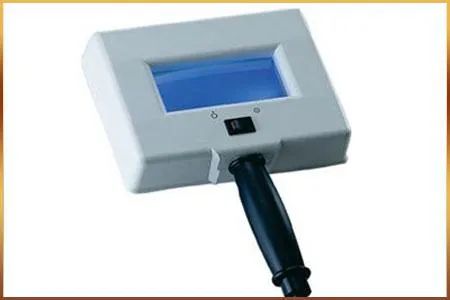How to Identify Vitiligo?

White spots? Vitiligo? Tinea versicolor? Nevus depigmentosus? Many different skin conditions are manifested as white spots, have you been unable to distinguish them? Today we will teach you 3 ways to quickly identify vitiligo!
(I) Observation
Observe whether the white spots become bigger and more numerous, and whether there is scurf on the surface. Vitiligo usually has no scurf on the skin, and the white spots usually become more numerous and will spread. White spots like Idiopathic guttate hypomelanosis, nevus depigmentosus, and others usually do not spread.
(II) Patting
Rubbing or patting the white spots with your hand to see if they will turn red, and to see if the white spots are more visible from the look. If the surrounding skin turns red while the white spots become whiter, it may be a nevus anemicus. If the white spots become red like the surrounding skin, it may be vitiligo.
(III) Wood’s Lamp
Some white spots are difficult to find by the naked eye, especially light-colored spots on light-colored skin, but with the help of wood's lamp examination, you can see the difference between the surrounding normal skin and the white spots.
Wood's lamp can also help to make a clear diagnosis of different skin condition, under the wood's lamp, nevus depigmentosus, Idiopathic guttate hypomelanosis, post-inflammatory hypopigmentation are more like grayish-white, tinea versicolor will be yellowish-white, and nevus anemicus can not be revealed.
Vitiligo in wood's lamp will show pure white or porcelain white fluorescence, with clear edges with the surrounding skin.




Leave a Comment